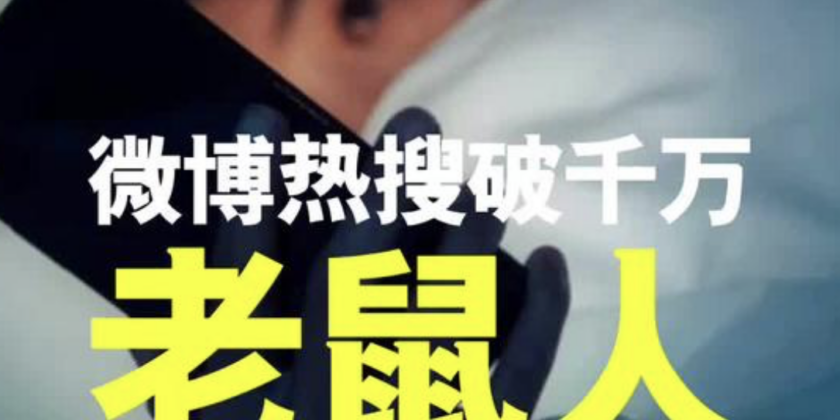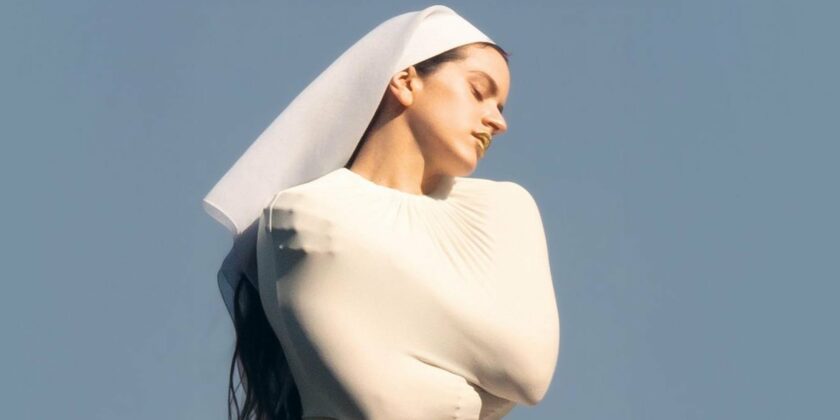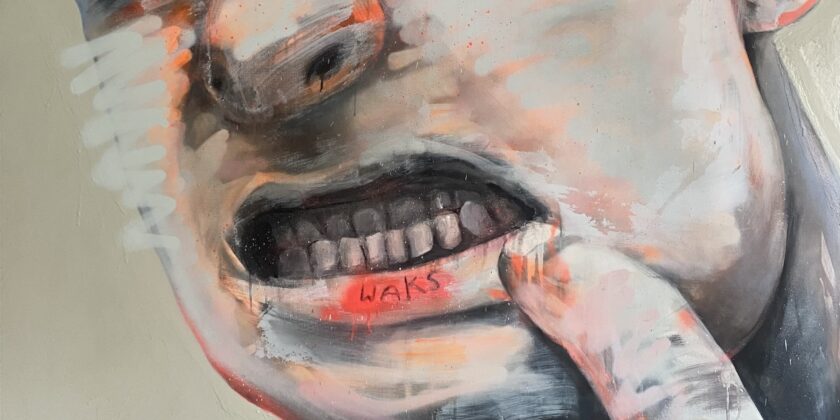W nadchodzącym tygodniu w stolicy może zaczepić was wyjątkowy fotograf. Warszawę odwiedzi twórca projektu Humans of New York!
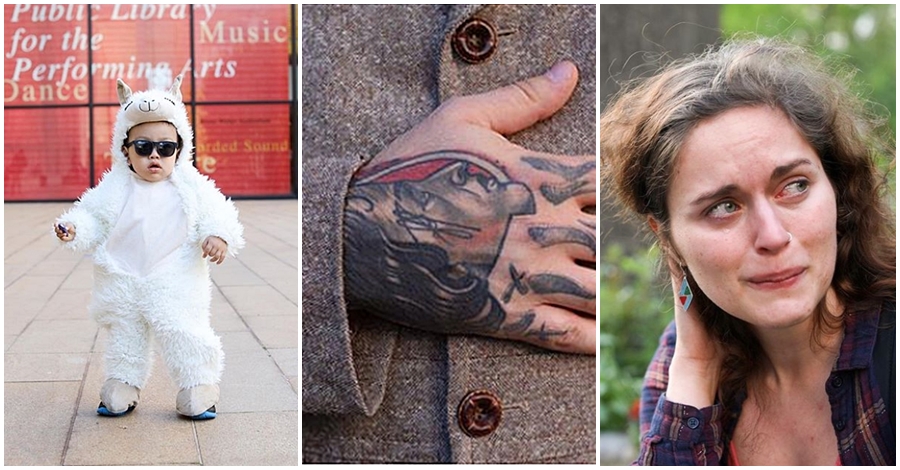
Wiadomość o przyjeździe HONY do Warszawy ukazała się na fanpage’u projektu w piątek.
Mało tego – stanowiła ona zarazem ogłoszenie o pracę. Poszukiwany jest tłumacz, który pomoże zebrać historie sfotografowanych osób. Być może to idealna oferta dla kogoś z was?
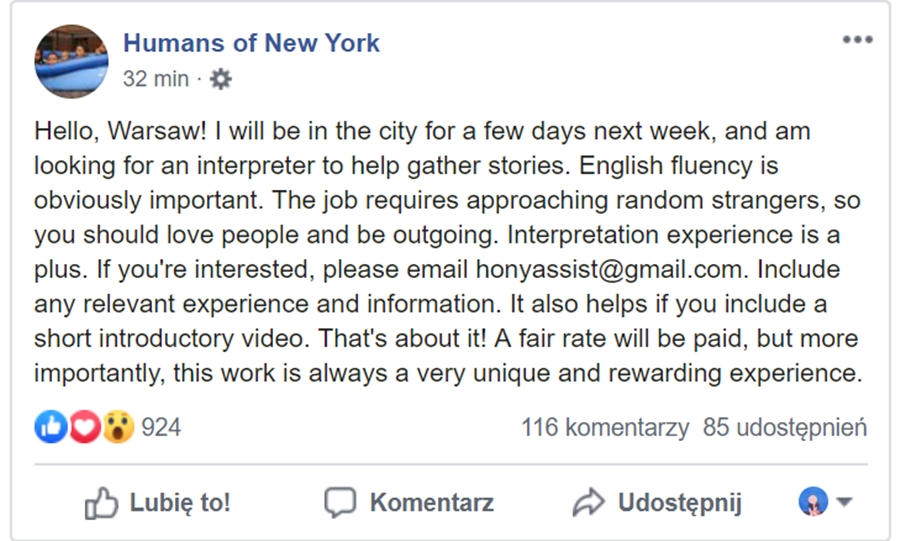
Choć biorąc pod uwagę zainteresowanie, jakie budzi ten post – w ciągu 30 minut zebrał prawie 1000 lajków, 116 komentarzy i udostępniło go 85 osób – można przypuszczać, że skrzynka mailowa HONY pęka w szwach i być może znalazł się już ten szczęśliwiec, czyli odpowiedni kandydat do pracy. Tymczasem pozostaje niemniej ważna funkcja – bohaterów zdjęć.
Nie wiemy, czy będą oni dobierani według jakiegoś odgórnie ustalonego klucza, ale na wszelki wypadek – nie zapomnijcie się przed wyjściem z domu uczesać!
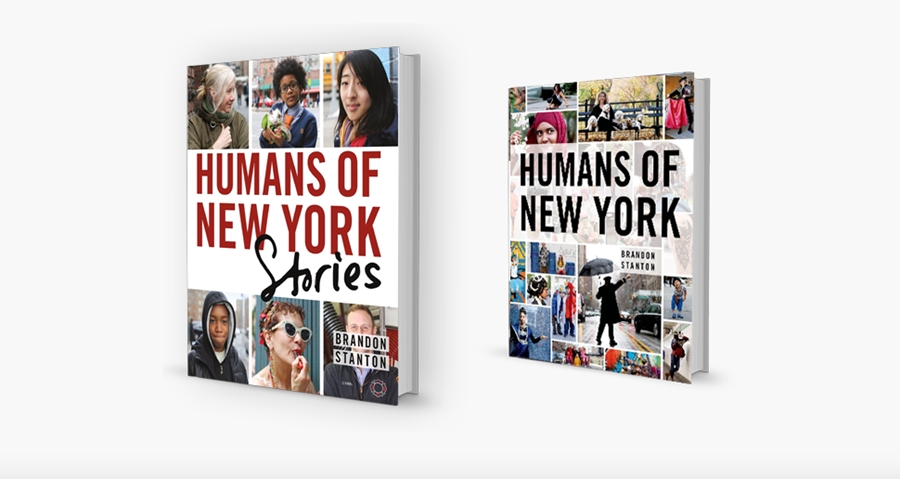
Humans of New York to chyba najpopularniejszy projekt fotograficzny na świecie. Pierwotnym zamysłem jego twórcy – Brandona Stantona – było stworzenie obszernego, bo liczącego 10 tysięcy osób, katalogu zdjęć mieszkańców Nowego Jorku.
Z czasem jednak fotograf zaczął coraz więcej rozmawiać z bohaterami swoich zdjęć i poznawać ich historie, marzenia a nawet największe sekrety. Wyciągnięte z nich cytaty stały się nieodłącznym elementem prezentowanych zdjęć.
Obecnie, czyli po ok. 10 latach od rozpoczęcia projektu, stał się on rozpoznawalny na całym świecie. Mimo zachowania pierwotnej nazwy – Humans of New York – Stanton przemierza z aparatem cały świat.
Pokazuje nie tylko zwykłe życie mieszkańców różnych państw, ale też czasem tworzy serie, które otwierają odbiorcom oczy na społeczności dotknięte trudną sytuacją życiową.
Na jego blogu można znaleźć, m.in.: cykle zdjęć o dzieciach chorych na raka, uchodźcach czy żyjących w Ameryce Syryjczykach.
Magia jego prac polega na tym, że te zdjęcia wraz z opowiedzianą przez bohaterów historią pokazują, że zwyczajni przechodnie mijani przez nas codziennie w drodze do pracy, mogą okazać się niezwykle ciekawymi ludźmi.
A smutne historie i doświadczenia, z których zwierzają się Stantonowi ludzie, to niesamowita i bardzo ważna lekcja empatii wobec nieznajomego człowieka.
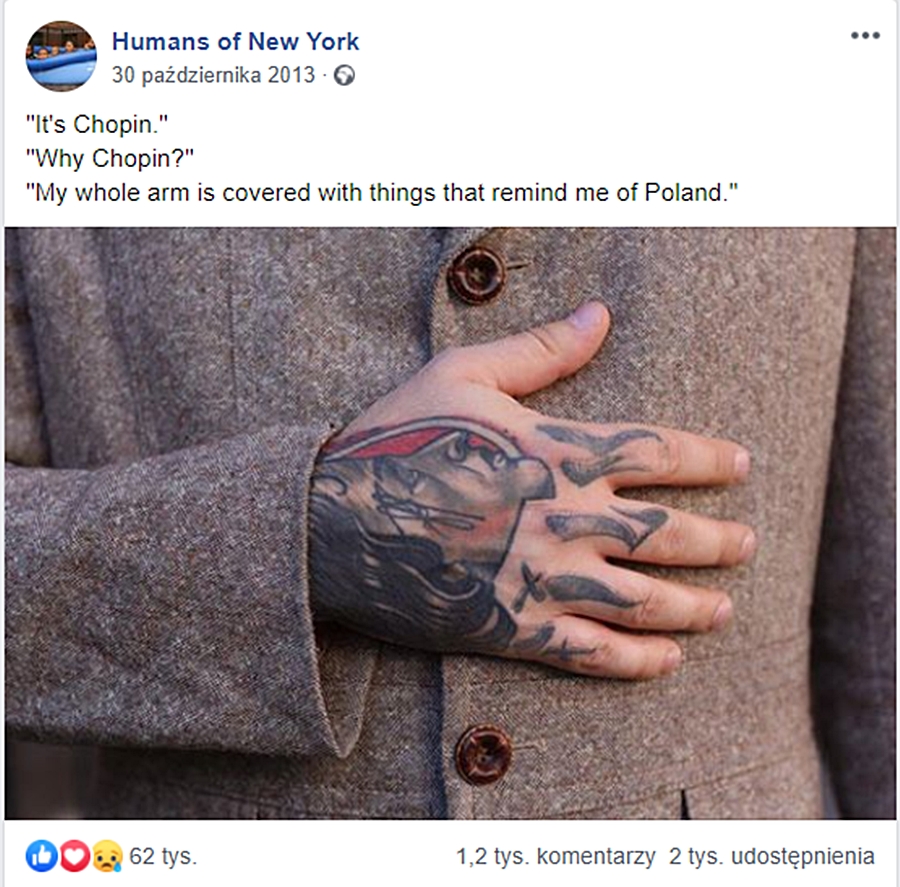
Jesteśmy niezmiernie ciekawi jak się zaprezentują w ramach tego projektu Humans of Warsaw. Tymczasem projekt Brandona Stantona możecie śledzić na bieżąco na Facebooku, Instagramie oraz na jego blogu.
Źródło zdjęć głównych: Instagram Humans of New York
Tekst: Kinga Dembińska

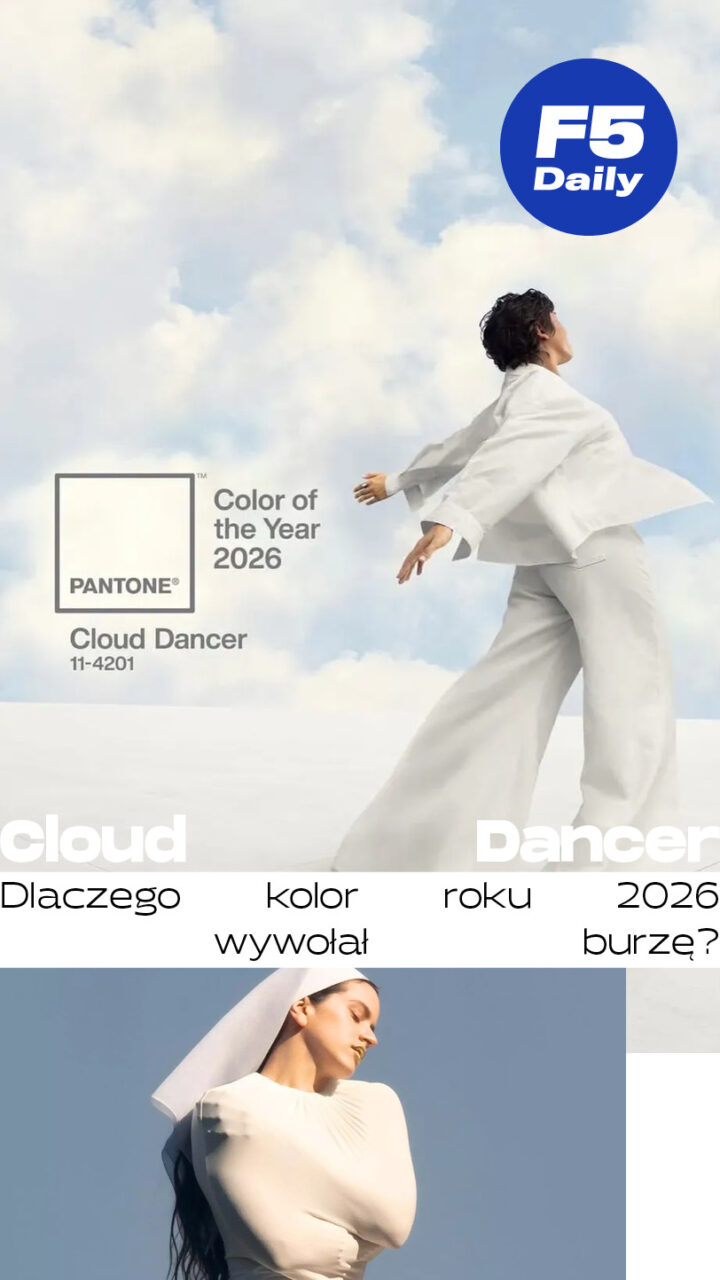

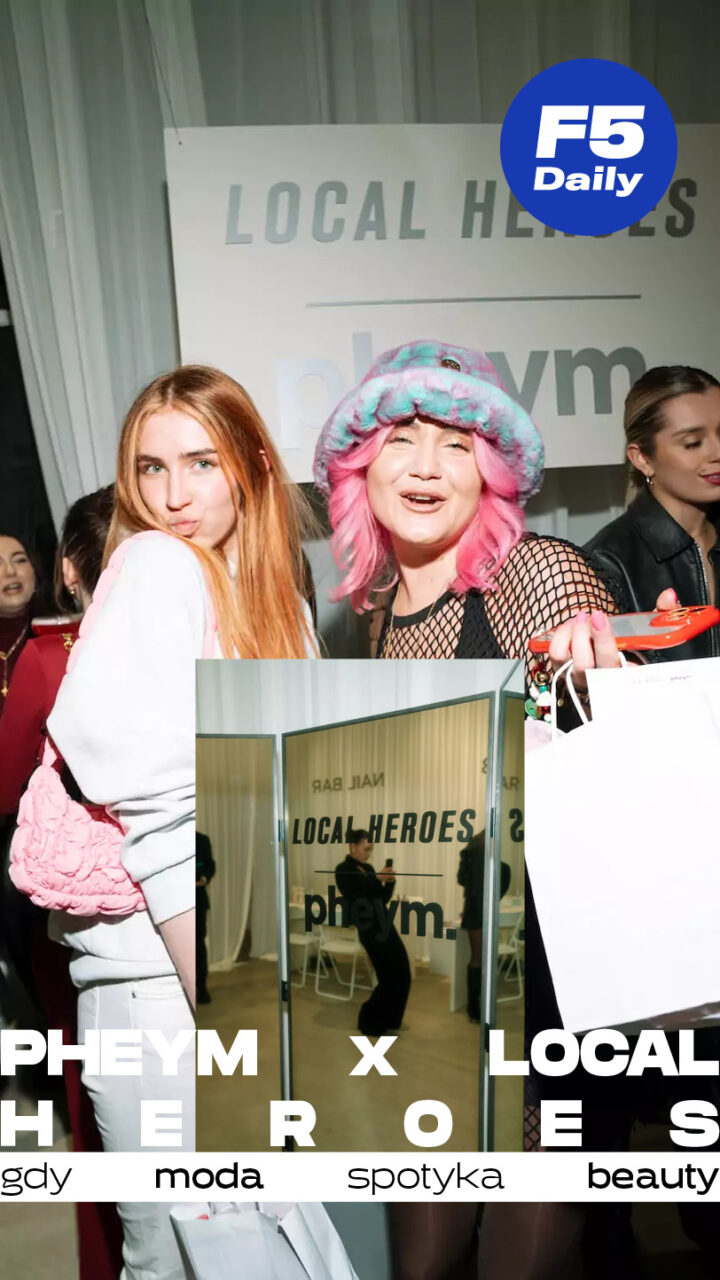




 318k
318k







